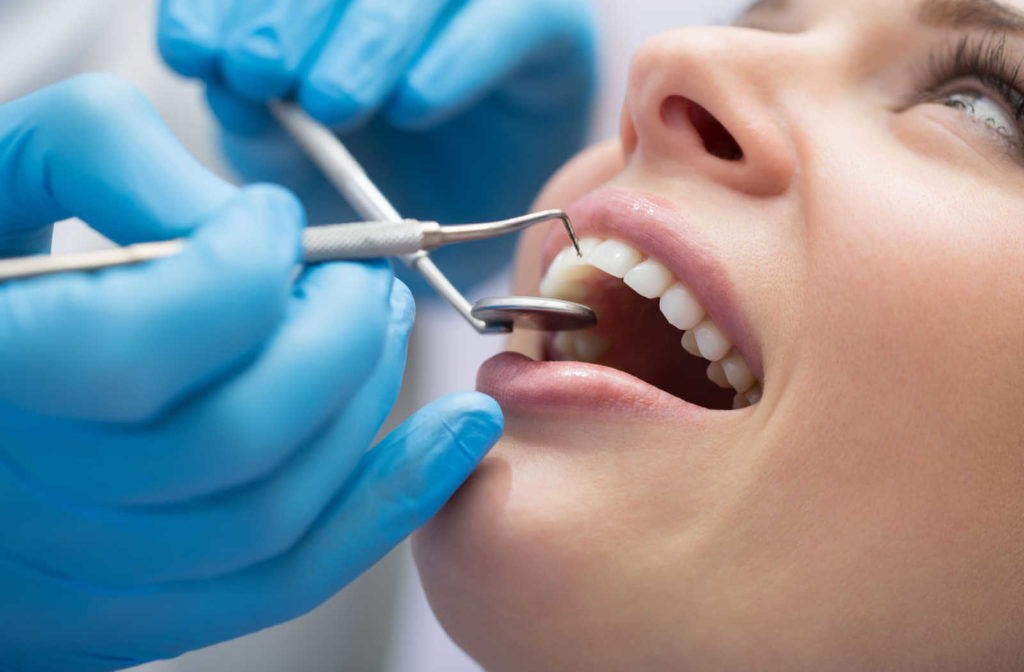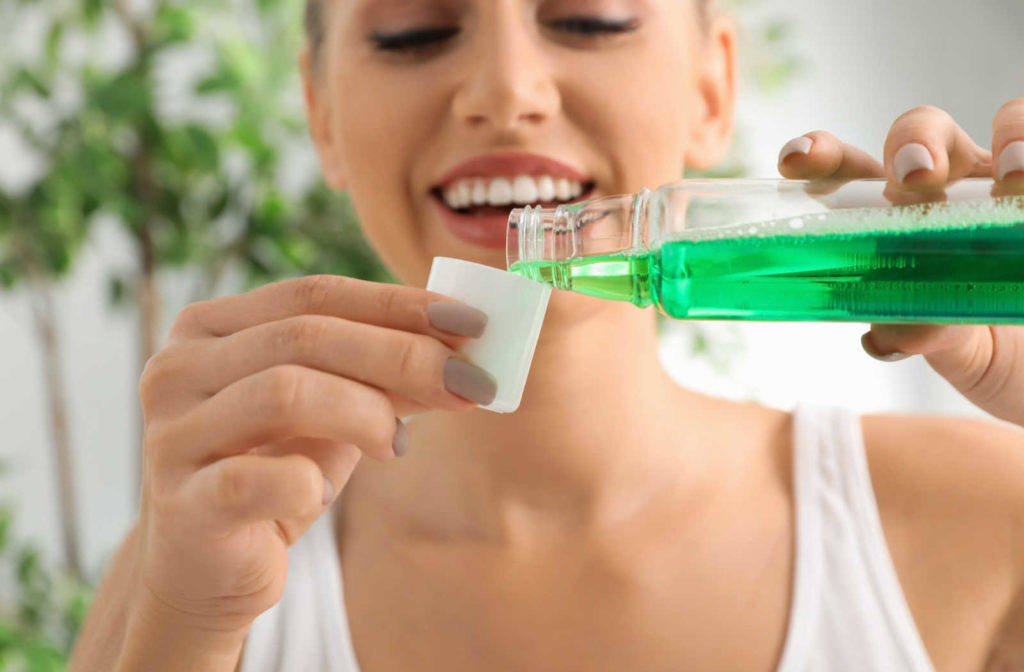Good oral hygiene habits are the key to maintaining your overall oral health. Regular dental exams and cleanings allow your dental professional to stay up-to-date on your dental health and help preserve your smile.
Daily oral hygiene is where it all starts, and implementing mouthwash can add to your results. But when should you use mouthwash? Let’s explore how mouthwash can help and when you should incorporate it into your routine.
When to Use Mouthwash
You may know that your oral hygiene routine involves brushing your teeth at least twice daily and flossing at least once daily. However, incorporating mouthwash into your routine can help kill harmful bacteria that live between your teeth and on your tongue.
Mouthwash is an oral rinse that contains an antiseptic—mouthwash can help fight against bad breath and also help prevent tooth decay. Mouthwash does not replace brushing your teeth or flossing and is only effective when used correctly.
While there isn’t an exact guideline on when to use mouthwash for bad breath, it won’t work to strengthen tooth enamel or fight gum disease unless used right after your blushing and flossing routine.
For best results, your teeth should be freshly cleaned before using mouthwash. Mouthwash isn’t necessarily mandatory to keep your mouth clean. Still, it can definitely help when paired with brushing and flossing daily.
Most kinds of mouthwashes follow basic usage instructions:
Step 1: Brush & Floss Your Teeth First
You should always thoroughly brush and floss your teeth first for the best results with your mouthwash.
Step 2: Use Enough Mouthwash
Most mouthwashes display usage instructions, and following those instructions is recommended. It’s usually between 3 and 5 teaspoons.
Step 3: Get to Rinsing
Mouthwash isn’t meant to be ingested, so you’ll want to empty the cup into your mouth and swish it around without swallowing.
30 seconds is usually a good amount of time to gargle the mouthwash. After 30 seconds, you can spit it out.
It isn’t enough to just practice good oral hygiene at home—the best combination is to visit your dentist regularly as well.

How Your Dental Exam Helps
A dental exam is all about ensuring your teeth and gums are healthy. Your smile is something to be proud of, and your dentist will carefully inspect each tooth to check for signs of damage, decay, disease, or other issues.
It’s recommended to visit your dentist every 6 months for a comprehensive dental check-up, even if your teeth and gums are healthy. Dentists are trained to detect oral health issues even before symptoms are obvious. The earlier problems are detected, the sooner treatment can begin.
Consistent Dental Cleanings
Brushing your teeth twice daily and flossing daily are essential to any good oral health routine. Adding mouthwash to that can help deliver even better results. However, a bi-annual professional dental cleaning is still crucial and can help prevent both cavities and gum disease.
A dental cleaning usually involves scaling, where your dentist uses small metal tools to gently remove plaque and tartar from the surface of your teeth. Once removal is complete, your dental professional will floss and brush your teeth and give you a quick rinse.
Your dentist may also opt to give you a fluoride treatment as it works as a sealant and helps protect your teeth from decay.
Preserving Your Smile
Mouthwash is an excellent addition to your daily oral hygiene routine. Using mouthwash after thoroughly brushing and flossing your teeth is recommended for the best results. Combining your at-home oral hygiene routine with regular dental exams can help preserve your smile.Book an appointment with your dental professional today to cover all your bases when it comes to your oral health.


